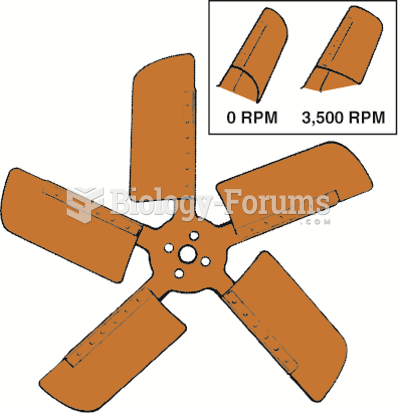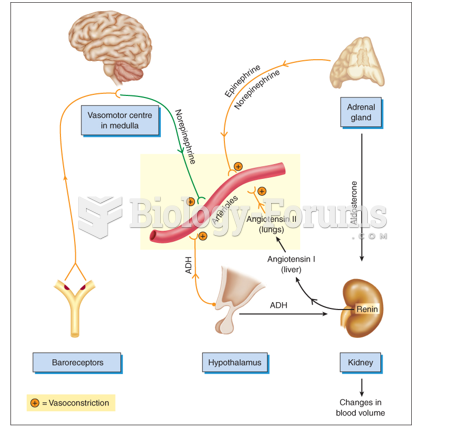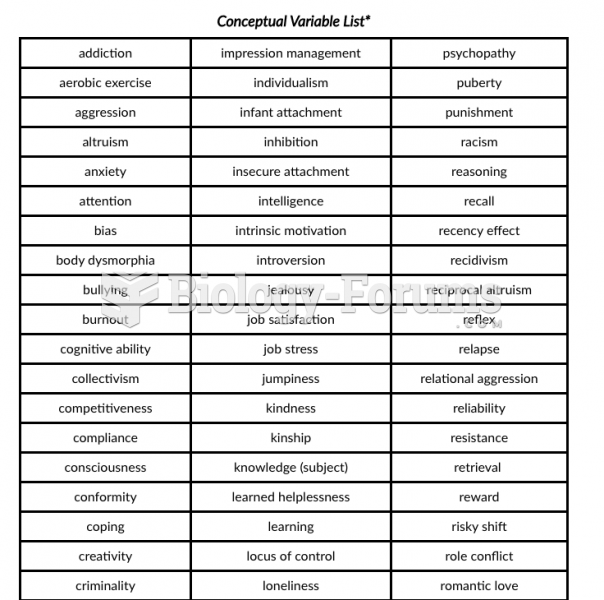Answer to Question 1
E-Tailing: E-tailing enables consumers to shop when they like and from where they like. It provides access to vast amounts of information. Retailers must keep experimenting with various strategies, both in-store and online.
Price Competition: Cut unnecessary costs; focus on the consumer's bottom line; boost store traffic by getting shoppers to come in for super-low prices on key products; use loss leaders to generate traffic and increase inside-of-the-store-sales.
Demographic Shifts: Successful retailers must become more service oriented, offer better value in price and quality, as well as more convenient store hours. They must include more effective and useful in-store signage, and must be better attuned to their customers' needs. With population growth slowing, profit growth must come by either increasing same-store sales at the expense of the competition's market share or reducing expenses without reducing services to the point of losing customers. In today's economy and the economy of the future, the market will clearly be driven by the consumer.
Store Size: Retailers have found out that some consumers prefer smaller stores, since these stores provide the convenience of being able to get in and out more quickly. Scrambled merchandising will help retailers increase profits by carrying additional merchandise or services, with higher profit margins, that will also increase store traffic. Retailers can expand their scrambled merchandising policies. It is expected that the trend of making fewer shopping trips per week will continue for the foreseeable future regardless of economic conditions.
Answer to Question 2
B







